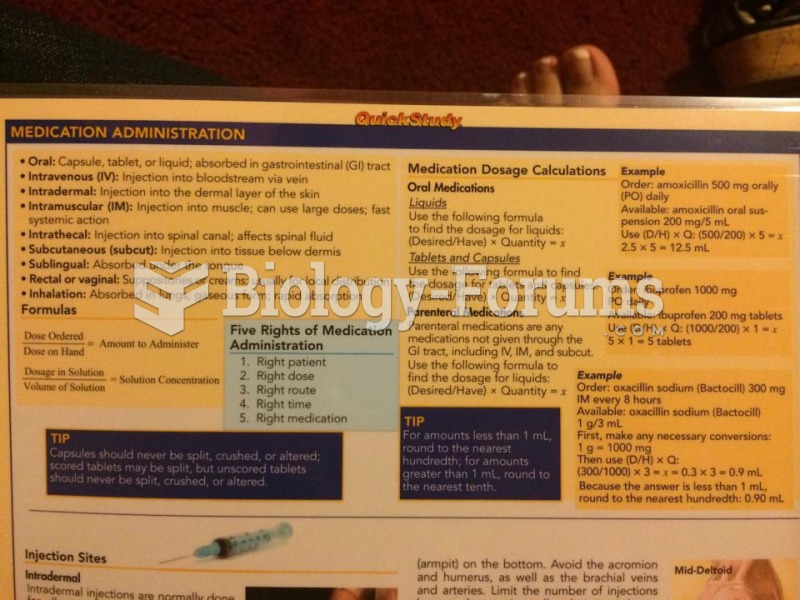Answer to Question 1
Potassium: The potassium level was 3.5 mEq/L before any furosemide was given; the patient is going
to need some potassium supplementation. Also indicate serum magnesium level if the report has
come back.
Answer: c
Intravenous potassium is always diluted and never given by IV push. Never add potassium to a
hanging IV bag; this may result in giving a bolus dose if the bag is not mixed sufficiently. Always use
an infusion pump when administering IV potassium.
Answer to Question 2
8 or 9: The patient's skin is clammy and she has vomited; these are probable signs of cardiac ischemia
and indicate the patient needs immediate medical attention.
Pull emergency light in the room and call for help. Stay with M.M. You want additional personnel,
in case the patient's condition continues to deteriorate. Have your unit's staff call for the rapid
response team.
Remove the bedpan, if possible, take her VS, and complete a brief assessment of the heart and
lungs. You want to determine whether the patient is having dysrhythmias or has abnormal lung
sounds.
Initiate oxygen (titrate to maintain Spo2 over 92), oximeter monitoring, and cardiac monitoring (if
available). Call for a STAT 12-lead ECG.
Reassure M.M. as well as possible (tone of voice and touch communicate across language barriers)
that you will stay with her and help her. If you do not speak Spanish, ask the unit clerk to STAT page
anyone who does or use the hospital's language telephone service.
Have someone STAT page M.M.'s physician.
If she has not yet had an aspirin, give her a nonenteric-coated 325-mg aspirin tablet and instruct
her to chew it.
Ask the patient about symptoms. Facilitate understanding with nonverbal signs. Gather as much
relevant data as possible to determine whether the patient is manifesting a myocardial infarction
(MI), pulmonary edema, pulmonary embolus, and so on.







